Did you know that soba noodles have been enjoyed in Japan for over 1,000 years? More than just a meal, soba carries deep cultural significance and plays a role in Japanese traditions like welcoming the new year. Let’s dive into the fascinating history of this timeless dish.
Ancient Roots: The Birth of Soba
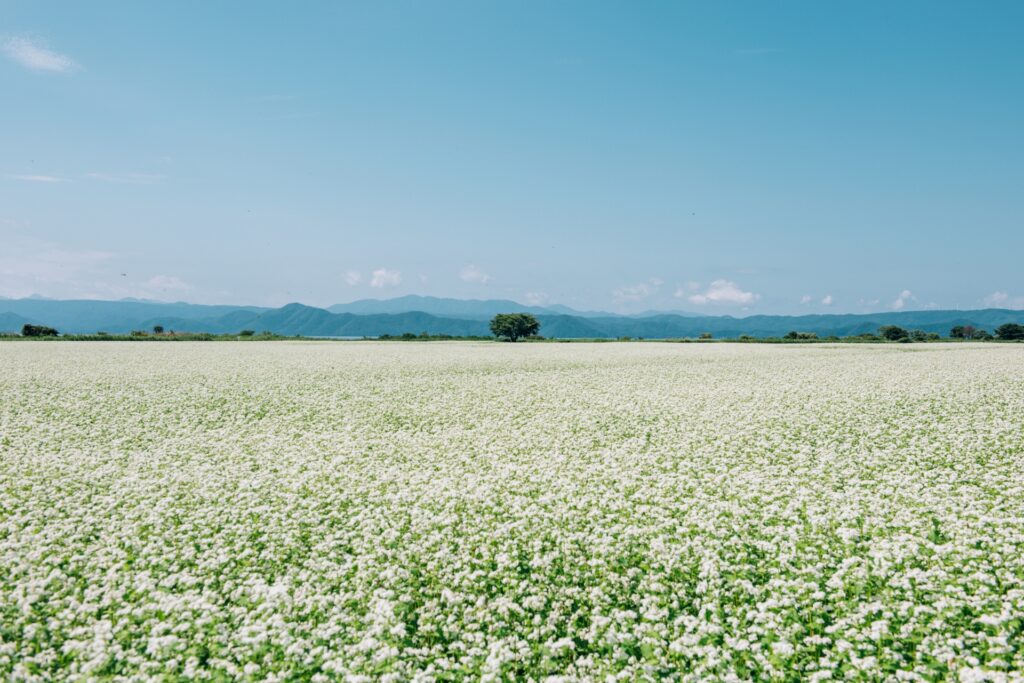
The history of soba can be traced back over a thousand years. It is believed that buckwheat was introduced to Japan from China sometime during the Jomon period (14,000–300 BCE), though it was not initially used to make noodles. Instead, buckwheat was cultivated as a resilient crop that could grow in poor soil conditions.
By the Kamakura period (1185–1333), records indicate that buckwheat was ground into flour and formed into thin, flat cakes. However, it wasn’t until the Edo period (1603–1868) that soba as we know it today—thin noodles served in a hot broth or dipped in a cold sauce—became popular.
Soba’s Rise in the Edo Period
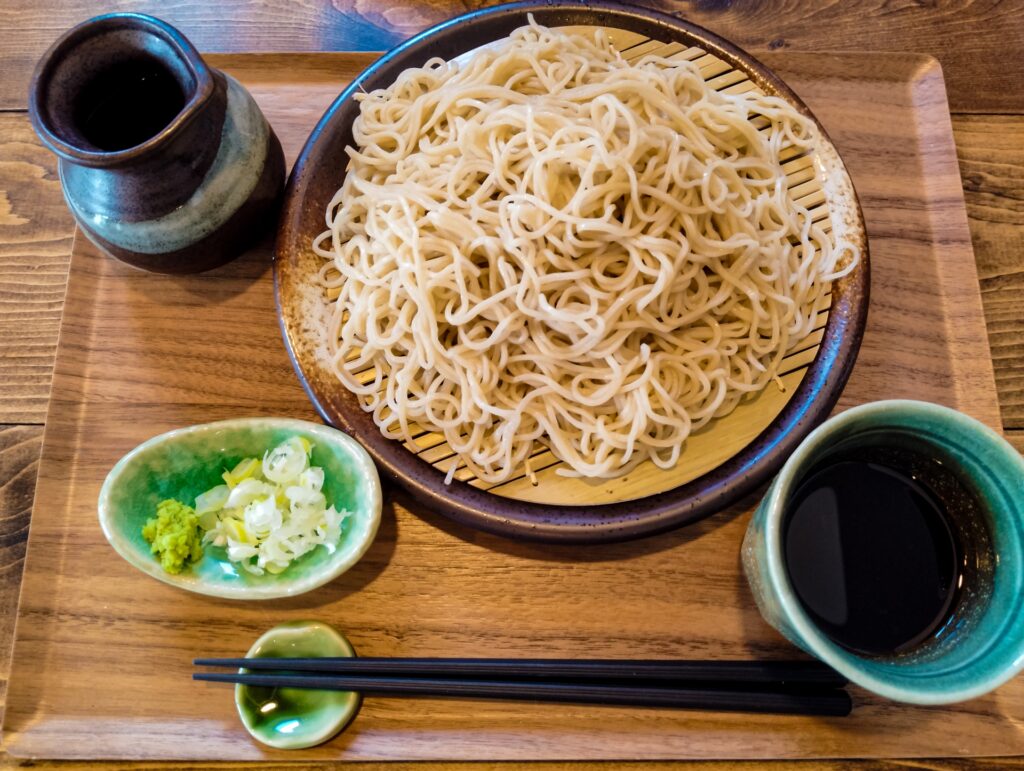
During the Edo period, Japan’s urban population exploded, especially in Edo (modern-day Tokyo). People were in need of quick, nutritious meals, and soba quickly became a popular street food. It was not only delicious but also provided essential nutrients such as thiamine (Vitamin B1), which helped prevent diseases like beriberi that were common in rice-heavy diets at the time.
Soba stalls, called “yatai,” appeared throughout the city, serving both hot and cold variations of the noodle. These stalls dwere akin to modern-day food trucks, offering a quick and affordable meal for busy Edo citizens. Whether it was a merchant grabbing a quick bite between business transactions or a samurai savoring a warm bowl on a cold night, soba became the go-to comfort food of its time.
Soba and Japanese Traditions
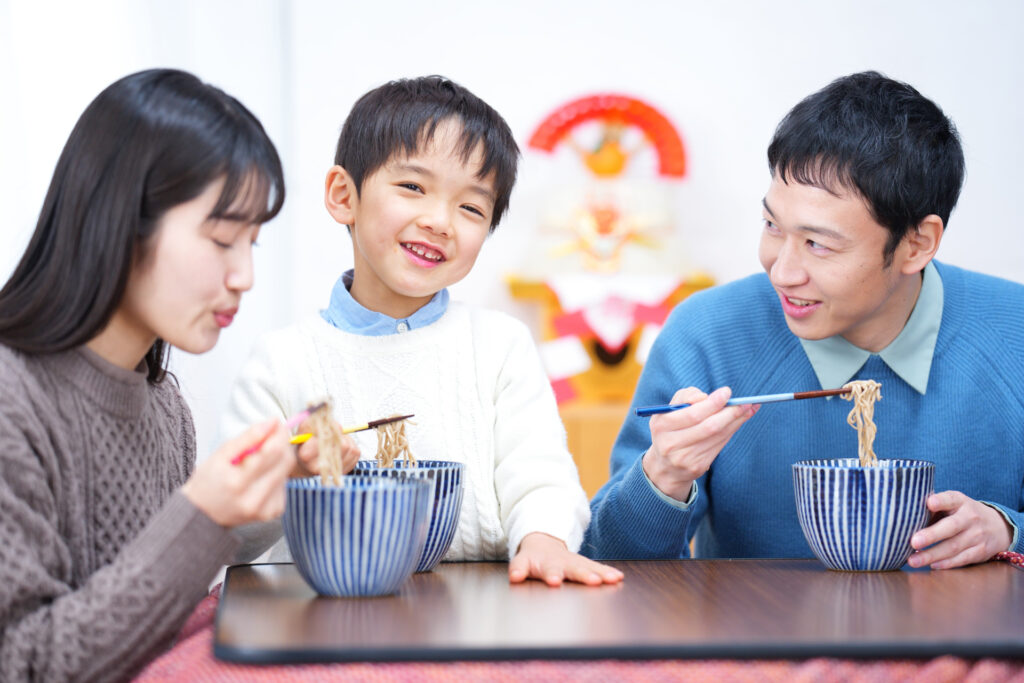
Soba is deeply embedded in Japanese customs and traditions. One of the most famous traditions is “Toshikoshi Soba,” or “Year-Crossing Noodles.” On New Year’s Eve, many Japanese families eat a bowl of soba to symbolize a long and prosperous life, as the thin, long noodles represent longevity and resilience.
Another tradition is “Sanshoku Soba,” where different colored soba noodles are served together to represent different flavors and textures, often enjoyed during special occasions. Additionally, in some regions, soba is offered as a gift during celebrations or as a gesture of goodwill.
Modern Soba: A Timeless Favorite

Today, soba is enjoyed across Japan and beyond. From high-end soba restaurants to small family-run noodle shops, soba continues to be a staple of Japanese cuisine. There are also regional variations, such as “Izumo Soba” from Shimane Prefecture, known for its darker and richer flavor, and “Togakushi Soba” from Nagano, famous for its hand-cut texture and unique serving style.
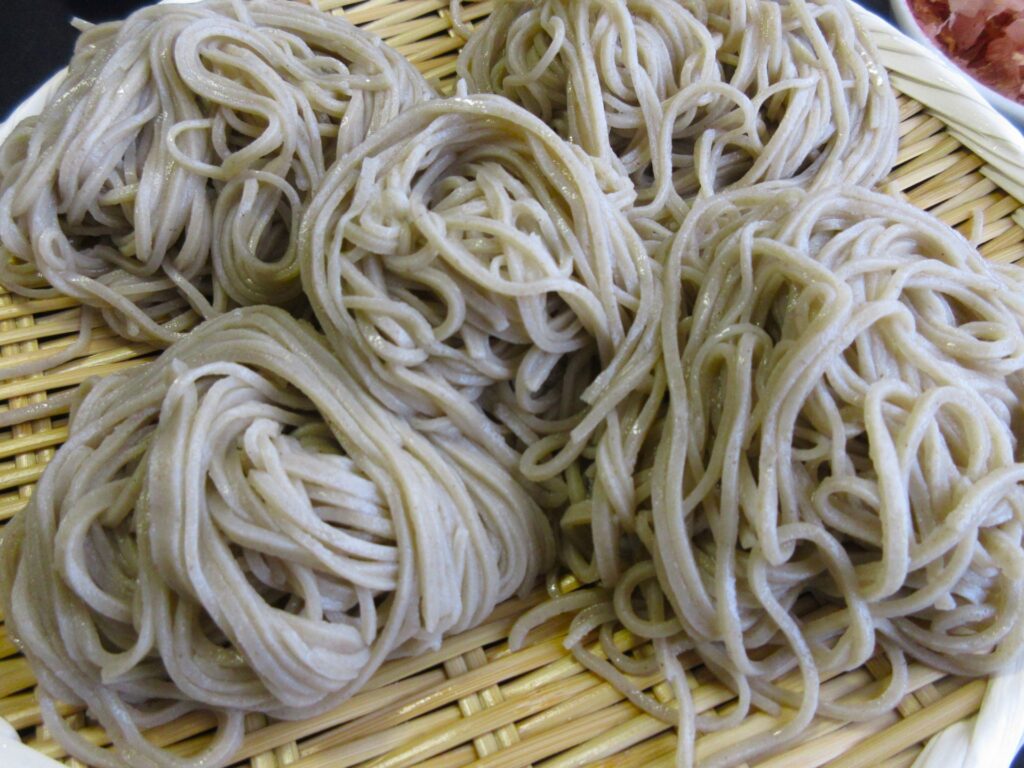
In recent years, soba has gained popularity worldwide, with many Japanese restaurants overseas offering authentic soba dishes. Health-conscious diners also appreciate soba for its high protein content, low gluten levels, and nutritional benefits.
Experience the Tradition
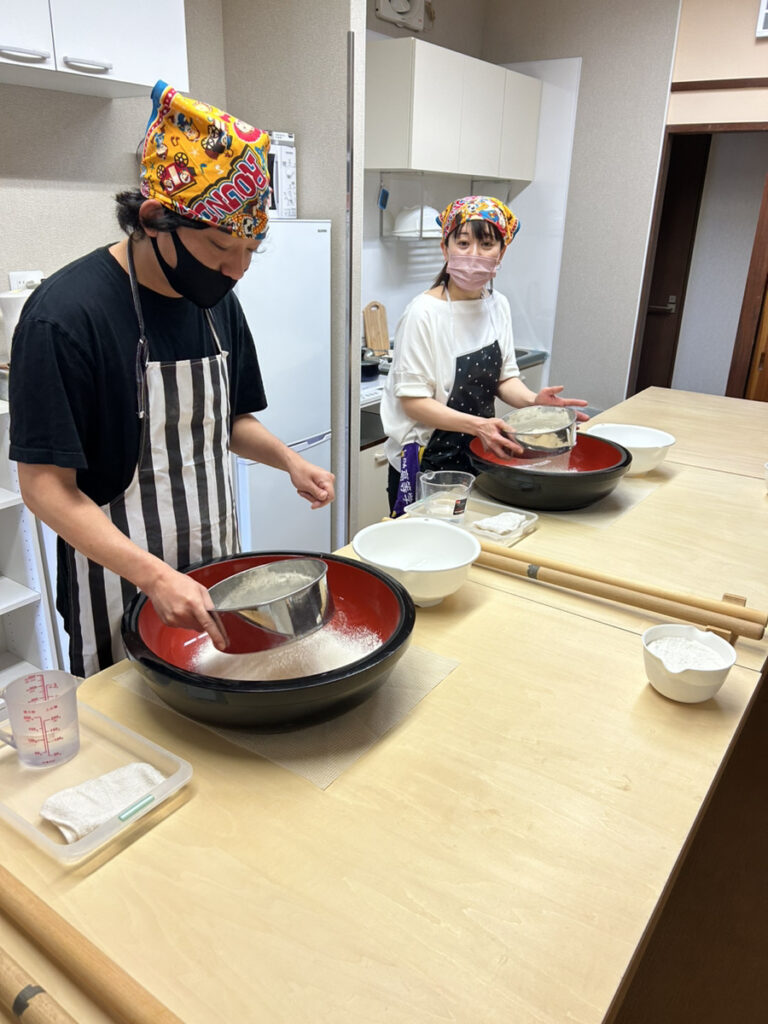
For those who truly want to immerse themselves in Japanese food culture, making soba by hand is a rewarding experience. Soba-making classes allow participants to learn traditional techniques, knead the dough, and cut the noodles by hand—just as soba artisans have done for centuries. The experience offers not only a taste of authentic soba but also a deep appreciation for the craftsmanship behind this beloved dish.
As soba continues to evolve, its deep-rooted history remains an essential part of Japan’s culinary identity. Whether enjoyed in a bustling Tokyo restaurant or handmade in a traditional soba-making class, this humble noodle carries with it a legacy of tradition, flavor, and craftsmanship.
Would you like to experience making soba noodles in Japan?

We are a Japanese soba noodle making experience class. We also have plans for travelers coming to Japan. Please visit our website here.
TSUKUSHI Osaka Japan

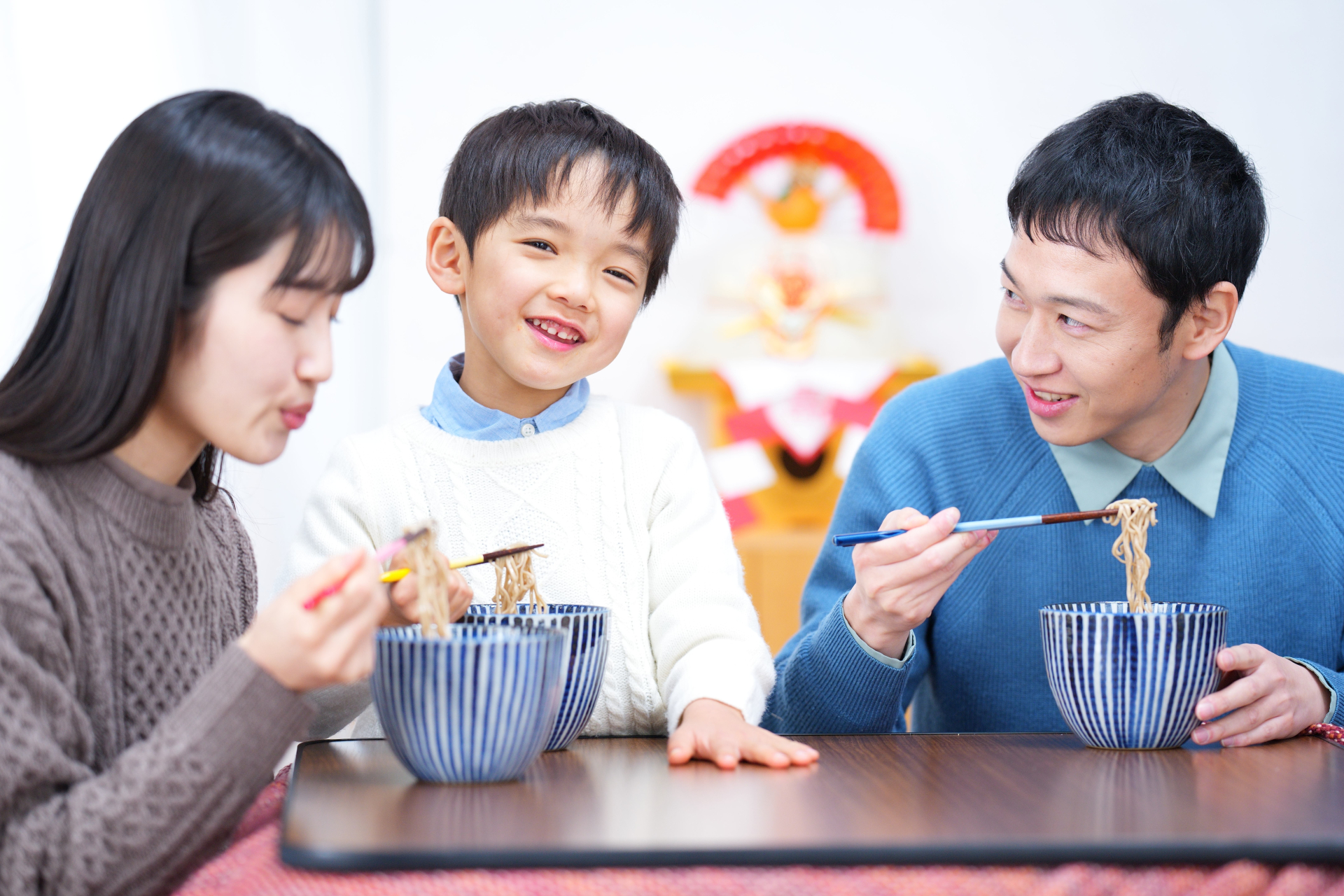


コメント